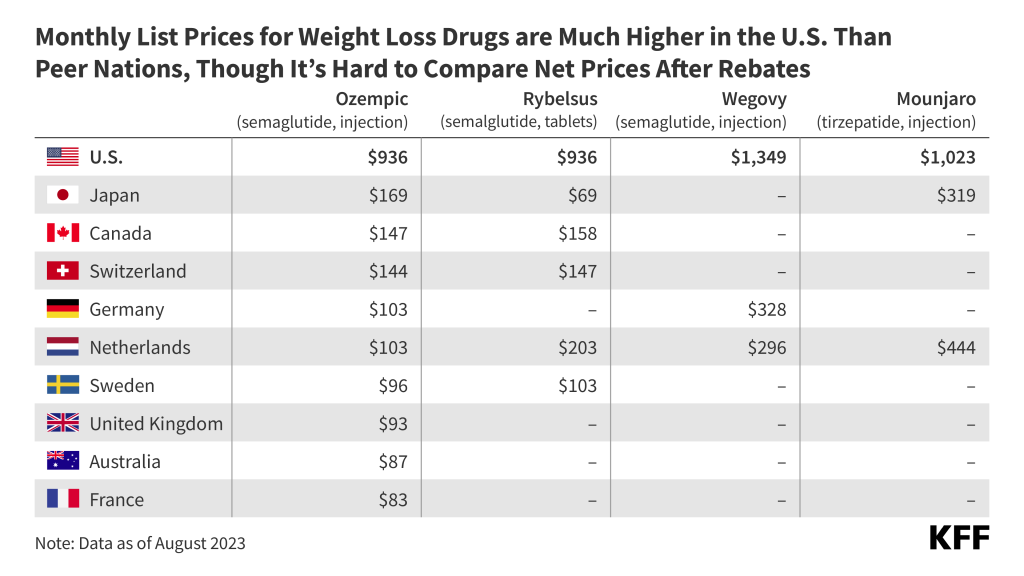
The independent source for health policy research, polling, and news.
3 Charts: Drug Prices in the United States
This post was updated to clarify that less than 10% of the nation’s total health spending is spent on retail prescription drugs and does not include spending on drugs administrated by physicians or in hospitals.
Prescription drug costs are a top concern for the American public. While retail prescription drugs represent less than 10% of total U.S. health spending and are not the primary driver of the nation’s high health costs, Americans often pay more for the same prescription drugs than people in other countries spend. Ahead of Thursday’s expected Senate HELP Committee testimony from the CEOs of three major pharmaceutical companies, here are three charts about drug prices in the United States.
1. More than 6 in 10 adults (63%) say that drugs developed over the past 20 years have improved the lives of Americans, though an even larger majority (82%) say drug prices are unreasonable. That may explain why majorities of Republicans, independents and Democrats say there is too little regulation of drug prices and support a wide range of policy actions to rein them in.

2. List prices for brand-name drugs are often much higher in the U.S. than in other large, wealthy countries. Net prices, which take into account rebates and coupons, also are often higher than in other countries, though it’s hard to say how much due to the lack of transparency in the amount of the rebates. One example: The list prices for the new wave of weight-loss drugs are often more than 4 times higher in the U.S. than in other countries. American paying for these drugs without any help from their health insurance can get Wegovy coupons worth up to $500 per month, but that would still leave them paying more than double the list prices in Germany or the Netherlands.

3. For the first time, the federal government is negotiating drug prices on behalf of the Medicare program and its beneficiaries as authorized by the Inflation Reduction Act of 2023. Medicare collectively spent about $50 billion in one year on the 10 drugs initially selected for negotiations – drugs that treat diabetes, blood clots, heart failure, psoriasis, rheumatoid arthritis, Crohn’s disease, and blood cancers. The total suggests that there could be significant savings in 2026 and future years as a result of these negotiations. Some affected drug manufacturers and other industry groups are challenging the negotiations process on both constitutional and procedural grounds that, if successful, could end or alter the process.

Learn more:
- Public Opinion on Prescription Drugs and Their Prices
- How do prices of drugs for weight loss in the U.S. compare to peer nations’ prices?
- FAQs about the Inflation Reduction Act’s Medicare Drug Price Negotiation Program
- How has U.S. spending on health care changed over time?
- What to Know About the FDA’s Recent Decision to Allow Florida to Import Prescription Drugs from Canada
- The New Help for Medicare Beneficiaries with High Drug Costs That Few Seem to Know About